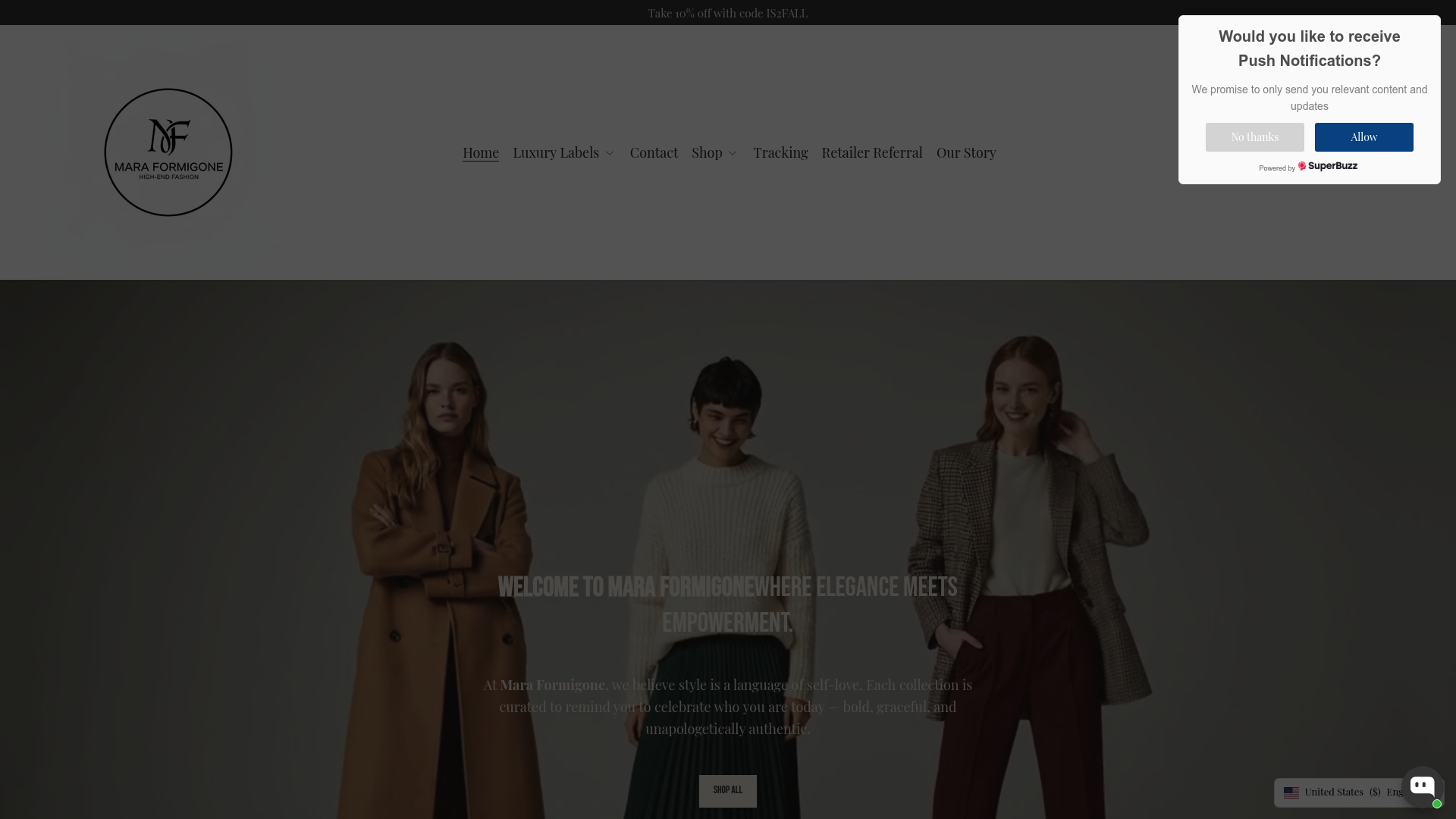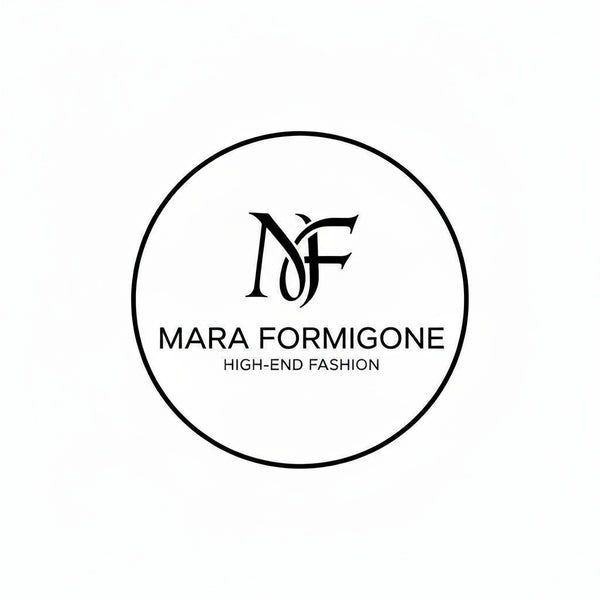Over 60 percent of people say their clothing choices reflect their personality and mood. Fashion aesthetics do more than fill your closet—they signal who you are without a word. As trends swirl and tastes evolve, understanding the basics of fashion aesthetic helps you express yourself with confidence, style, and intention. Discover how your wardrobe can become a true extension of your unique identity.
Table of Contents
- What Is Fashion Aesthetic? Definition And Basics
- Types Of Fashion Aesthetics In Luxury Fashion
- Key Elements That Shape Fashion Aesthetic
- How Fashion Aesthetics Influence Personal Style
- Comparing Fashion Aesthetics And Brand Identity
Key Takeaways
| Point | Details |
|---|---|
| Fashion Aesthetic Defined | A fashion aesthetic is a personal visual language that reflects identity, mood, and individuality through style choices. |
| Types of Luxury Fashion Aesthetics | Luxury fashion aesthetics include diverse styles such as Classic Elegance, Avant-Garde, and Urban Luxury, each signifying unique cultural narratives. |
| Influence on Personal Style | Fashion aesthetics impact personal style by enabling identity exploration, emotional communication, and community connection. |
| Importance for Brands | Brands must align their design philosophy with consumer aesthetic preferences to create emotional resonance and a coherent visual identity. |
What Is Fashion Aesthetic? Definition and Basics
A fashion aesthetic is more than just clothing - it’s a personal visual language that communicates identity, mood, and individual sensibility through style choices. According to research from Echo, aesthetics in fashion represent the artistic and visual elements that express a specific theme or sense of community.
At its core, a fashion aesthetic encompasses the unique combination of clothing, accessories, and styling that reflects an individual’s personality and cultural influences. Aesthetic preferences are deeply personal and can range from minimalist and sleek to eclectic and bold. The Mass General research highlights that these preferences span various styles including:
- Essential: Classic and timeless pieces
- Comfortable: Prioritizing ease and functionality
- Feminine: Soft, delicate design elements
- Trendy: Current and contemporary fashion statements
Understanding your personal fashion aesthetic involves exploring different style categories like Cottagecore, Normcore, Streetwear, or Avant-Garde. These categories aren’t just clothing choices - they’re complex visual narratives that communicate cultural identity, personal values, and emotional expression. Your aesthetic becomes a form of non-verbal communication, telling a story about who you are without saying a word.
Types of Fashion Aesthetics in Luxury Fashion
Luxury fashion aesthetics represent the pinnacle of style, where design transcends mere clothing and becomes a sophisticated form of personal expression. Opulent materials play a crucial role in defining these aesthetics, with designers carefully selecting high-end fabrics that communicate elegance and refinement. As noted by DC Fashion Week, luxury fashion often incorporates sumptuous materials like silk and velvet to create a sophisticated and elegant appearance.
Within the realm of luxury fashion aesthetics, several distinctive styles emerge, each with its unique characteristics and visual language:
Here’s a summary of distinctive luxury fashion aesthetics and their key characteristics:
| Aesthetic Type | Key Characteristics | Signature Elements |
|---|---|---|
| Classic Elegance | Timeless Clean lines Neutral colors |
Fine tailoring Wool Silk |
| Avant-Garde | Experimental Innovative Unconventional |
Sculptural shapes Mixed media |
| Modern Minimalism | Sleek Understated Simple details |
Monochrome Sharp cuts |
| Romantic Haute Couture | Elaborate Dramatic silhouettes Intricate details |
Tulle Embroidery Lace |
| Urban Luxury | Contemporary Street-inspired High-end |
Designer sneakers Layering |
- Classic Elegance: Timeless pieces featuring clean lines and neutral color palettes
- Avant-Garde: Experimental designs that challenge traditional fashion norms
- Modern Minimalism: Sleek, understated pieces with precision and simplicity
- Romantic Haute Couture: Elaborate, intricate designs with dramatic silhouettes
- Urban Luxury: Contemporary styles blending high-end design with street-inspired elements
These aesthetics are not merely about clothing but represent complex narratives of cultural identity, personal taste, and artistic vision. Each aesthetic tells a story through carefully curated design choices, fabric selections, and styling techniques. The true essence of luxury fashion aesthetics lies in its ability to transform clothing from a functional necessity into a powerful form of personal and artistic communication.
![]()
Key Elements That Shape Fashion Aesthetic
Fashion aesthetics are complex compositions crafted through intentional design choices and personal expression. Research from Mass General reveals that individual clothing preferences are deeply influenced by personality traits and personal color selections, making each aesthetic uniquely individual.
The fundamental elements that shape a distinctive fashion aesthetic include:
- Fabric Selection: According to DC Fashion Week, luxurious materials like silk and velvet play a critical role in defining sophistication and elegance
- Color Palette: The strategic combination of hues that reflect mood and personal style
- Silhouette and Fit: The structural design that defines body shape and movement
- Accessories: Complementary pieces that enhance and personalize the overall look
- Cultural Influences: Societal and personal background that inform style choices
Understanding these key elements allows individuals to curate a fashion aesthetic that goes beyond mere clothing - it becomes a powerful form of self-expression. Each carefully selected piece tells a story, communicates an emotion, and represents a unique personal narrative.
The art of developing a signature aesthetic lies not just in following trends, but in understanding how these elements interplay to create a cohesive and authentic style statement.

How Fashion Aesthetics Influence Personal Style
Personal style is a powerful form of self-expression that goes far beyond clothing choices. According to research from Echo, fashion aesthetics serve as a dynamic mechanism for individuals to communicate their unique identities, moods, and sense of belonging through specific style themes like Adventurecore or Dreamcore.
The influence of fashion aesthetics on personal style can be observed through various dimensions:
- Identity Exploration: Allowing individuals to experiment with different persona representations
- Emotional Communication: Expressing inner feelings and psychological states through visual language
- Community Connection: Signaling membership or alignment with specific cultural or social groups
- Comfort and Confidence: Creating a sense of personal authenticity and self-assurance
- Creative Expression: Using clothing as a canvas for personal artistic interpretation
Research from WOHS Publications highlights how different fashion aesthetics - from streetwear to earthy styles - enable individuals to communicate their individuality and comfort preferences. The true power of personal style lies not in following trends, but in crafting a unique visual narrative that reflects one’s inner world, values, and evolving sense of self.
Comparing Fashion Aesthetics and Brand Identity
Brand identity in fashion transcends logo and marketing, representing a complex interplay between design philosophy and consumer perception. According to research from Mass General, understanding consumer aesthetic preferences is crucial for designers and marketers to align their brand identity with specific audience sensibilities.
The relationship between fashion aesthetics and brand identity can be examined through several key dimensions:
- Visual Storytelling: How brands communicate their core values through design
- Material Selection: Choosing fabrics and textures that reflect brand essence
- Consistency in Design Language: Maintaining a recognizable visual signature
- Emotional Resonance: Creating connections beyond physical product attributes
- Cultural Positioning: Representing specific lifestyle and aspirational qualities
As highlighted by DC Fashion Week, luxury brands particularly excel at defining their identity through high-quality materials and timeless designs. This approach transforms fashion from mere clothing into a sophisticated narrative of elegance, sophistication, and personal expression. The most successful brands understand that their aesthetic is not just about what they sell, but the story they tell and the emotions they evoke in their consumers.
Discover Your Signature Fashion Aesthetic with Luxury Designer Pieces
Defining your unique fashion aesthetic is about expressing identity, mood, and personal style through intentional choices in fabric, silhouette, and accessories. The challenge often lies in finding the right luxury pieces that align perfectly with your vision whether you prefer classic elegance, modern minimalism, or avant-garde statements. Elevate your wardrobe with curated selections from top designers to transform your personal style into an inspiring, authentic narrative.

Explore the exclusive collections at Mara Formigone to find premium dresses, accessories, and shoes that embody your true fashion identity. Start crafting your statement look today and enjoy the confidence that comes with a refined luxury aesthetic tailored just for you. Visit our landing page now to browse and shop designer fashion that speaks your style language.
Frequently Asked Questions
What is a fashion aesthetic?
A fashion aesthetic is a personal visual language that expresses identity, mood, and individual sensibility through clothing and styling choices.
What are the key elements that shape a fashion aesthetic?
The key elements include fabric selection, color palette, silhouette and fit, accessories, and cultural influences that contribute to a person’s unique style.
How do fashion aesthetics influence personal style?
Fashion aesthetics influence personal style by allowing individuals to explore identity, communicate emotions, connect with communities, build confidence, and express creativity through clothing.
What are some common types of fashion aesthetics?
Common types of fashion aesthetics include Classic Elegance, Avant-Garde, Modern Minimalism, Romantic Haute Couture, and Urban Luxury, each characterized by unique design and style elements.

